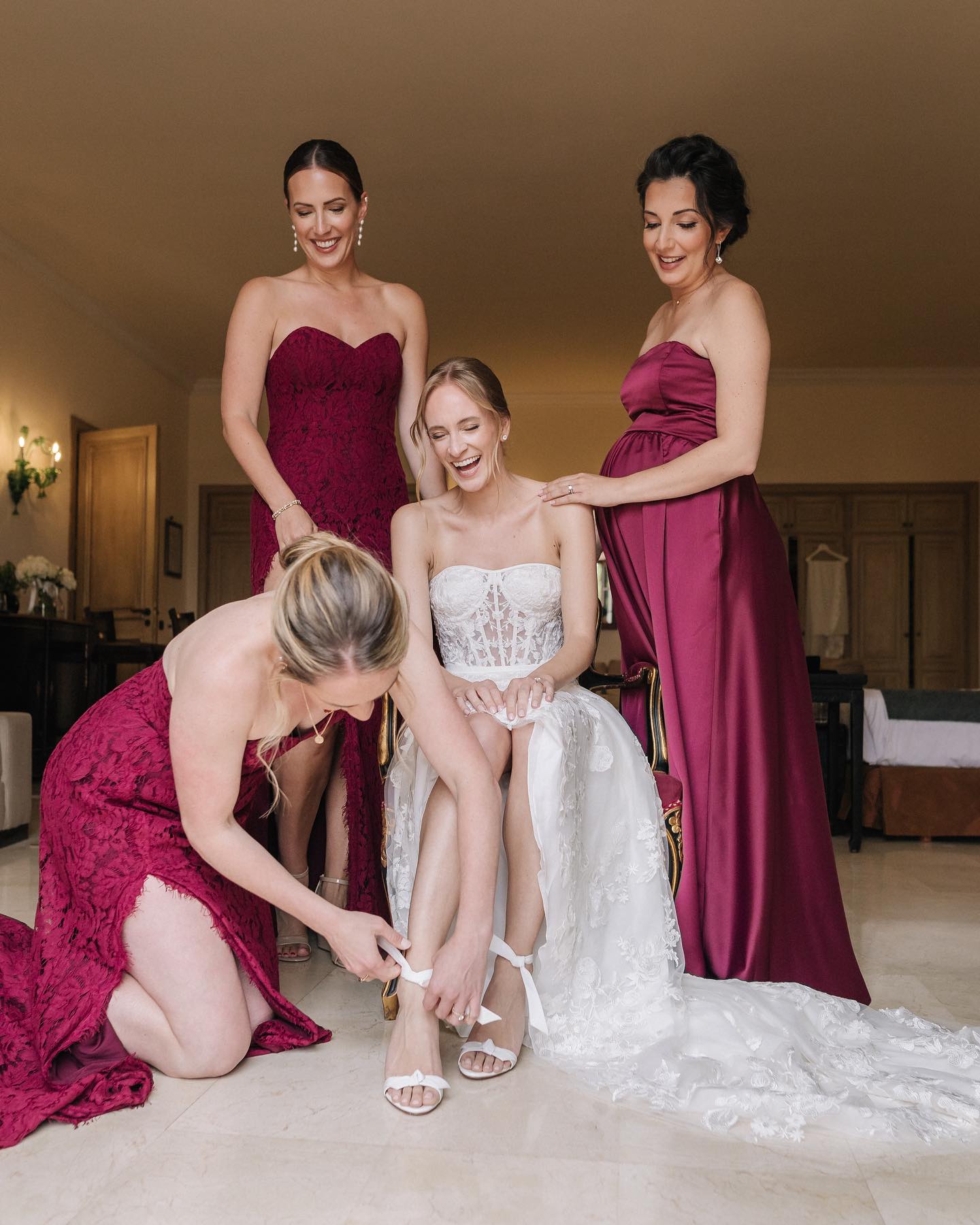4 Ways to Prepare for Your Destination Wedding Photography

Preparing for your destination wedding photography is essential to ensure that you capture beautiful and memorable moments.
Here are four ways to prepare for your destination wedding photography:
Communicate with Your Photographer:
Early Planning: Start communicating with your chosen photographer well in advance of the wedding day. Discuss your vision, style preferences, and any specific shots you want to capture.
Site Visit: If possible, arrange for your photographer to visit the destination before the wedding. This allows them to familiarize themselves with the venue, explore potential shooting locations, and plan for the best lighting conditions.
Timeline and Itinerary: Work with your photographer to create a detailed timeline and itinerary for the wedding day. Ensure that they are aware of the schedule, including key events and locations, so they can plan accordingly.
Consider the Destination's Unique Elements:
Scouting Locations: If you're not able to arrange a site visit, provide your photographer with information about the destination. Share details about the venue, local attractions, and any unique features you'd like to incorporate into your photos.
Cultural Sensitivity: Be aware of and respectful to the local culture. Discuss any specific cultural considerations with your photographer to ensure that your photos are culturally sensitive and appropriate.
Weather and Lighting Preparations:
Research Weather Patterns: Understand the typical weather conditions for the destination and the time of year you plan to have your wedding. This knowledge will help you and your photographer prepare for any potential challenges and plan for suitable backup options.
Golden Hours: Consider scheduling key photo sessions, such as the ceremony or couple portraits, during the golden hours (early morning or late afternoon) when the natural light is soft and flattering.
Provide Necessary Information:
Logistical Details: Share all relevant logistical details with your photographer, including travel and accommodation arrangements. Ensure they have access to essential information such as entry requirements, permits, and any restrictions at the destination.
Shot List: Collaborate with your photographer to create a shot list that includes must-have moments, specific group shots, and any other important requests you may have. This helps your photographer prioritize capturing the shots that matter most to you.
Remember that communication is key throughout the planning process. Open and clear communication with your photographer ensures that they understand your expectations and can deliver the best possible results. Additionally, having contingency plans in place for unexpected situations, such as weather changes, will help ensure a successful and stress-free destination wedding photography experience.
